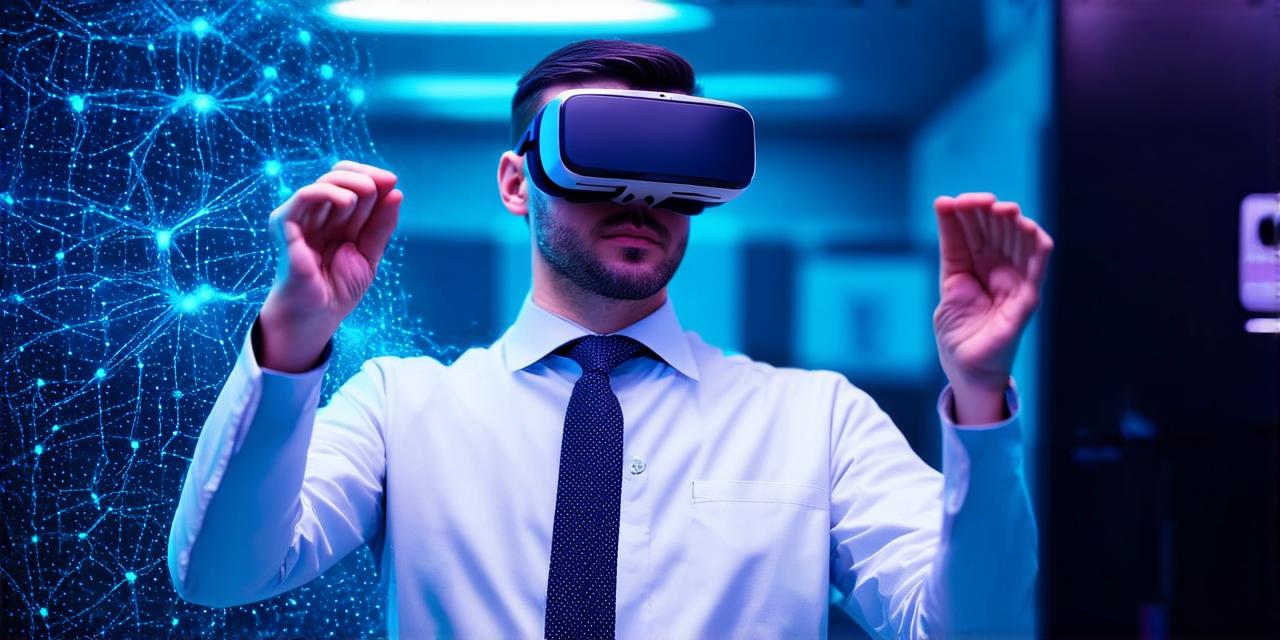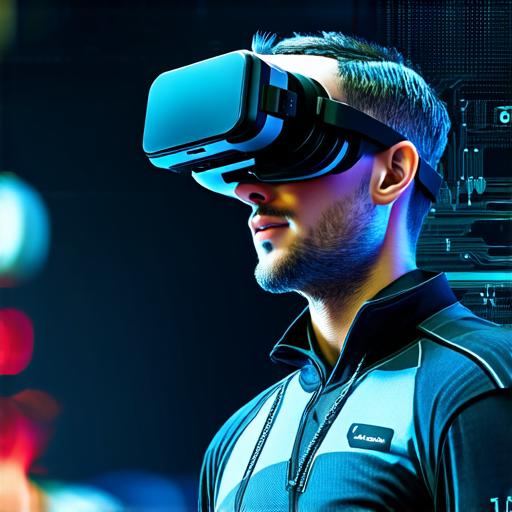
How are virtual reality and human perception interconnected?

Virtual reality (VR) is a rapidly growing technology that has the potential to revolutionize the way we interact with digital content. But how does VR impact our perception, and what does this mean for developers? In this article, we will explore the interconnectedness of VR and human perception, and examine some real-life examples of how this connection is being leveraged in the industry.
Human perception is shaped by a variety of factors, including our senses, experiences, and expectations. Our brains are constantly processing information from our environment, and we use this information to create our own reality. In VR, this process is accelerated as users immerse themselves in digital environments that simulate real-world experiences.
One of the key ways that VR impacts human perception is through its ability to create a sense of presence. When users put on a VR headset, they are transported into a virtual world that feels like an extension of their own reality. This can lead to a feeling of disorientation or even vertigo, as our brains struggle to make sense of the new environment.
But once we become accustomed to the virtual world, we begin to see it as just another part of our reality. This is because VR technology is designed to be highly immersive and interactive, allowing users to engage with digital content in ways that were previously impossible.
This sense of presence has important implications for developers. It means that they need to design VR experiences that are not only engaging, but also intuitive and natural. They need to understand how humans perceive their environment, and use this knowledge to create virtual worlds that feel like a seamless extension of the real world.
Another way that VR impacts human perception is through its ability to enhance our senses. In the real world, we rely on a variety of senses to navigate our environment, including sight, sound, touch, and even smell. But in VR, these senses can be amplified or replaced, creating new and unique experiences that were previously impossible.
For example, some VR developers are using haptic technology to create tactile sensations that simulate the feeling of touching objects in the virtual world. This has important implications for industries like gaming, where players can experience a level of immersion that was previously unattainable.
But VR is not just about creating new and exciting experiences. It also has the potential to improve our understanding of human perception and cognition. Researchers are using VR technology to study how humans process information from their environment, and how this information shapes our perceptions and beliefs.
For example, one study used VR to simulate a scenario where participants were asked to make judgments about the morality of different actions. The researchers found that participants’ moral judgments varied depending on the virtual environment in which they were placed, suggesting that our perceptions are shaped not just by our experiences, but also by the context in which we encounter them.
In conclusion, VR and human perception are deeply interconnected, with important implications for developers and researchers alike. By understanding how our brains process information from our environment, VR developers can create virtual worlds that feel like a seamless extension of the real world. And by using VR technology to study human cognition, researchers can gain new insights into the way we perceive and interact with the world around us.


